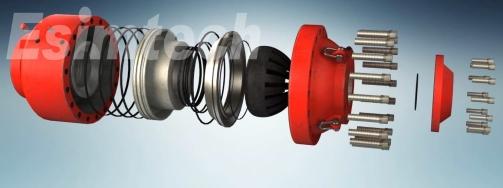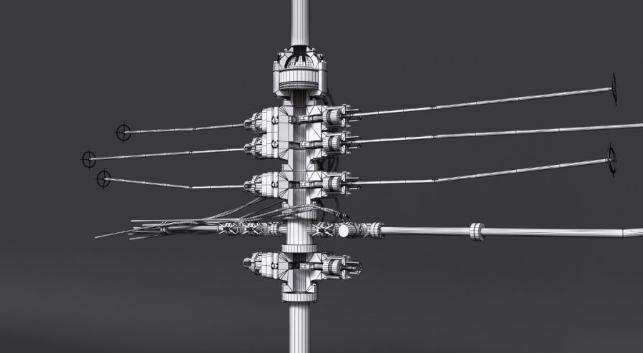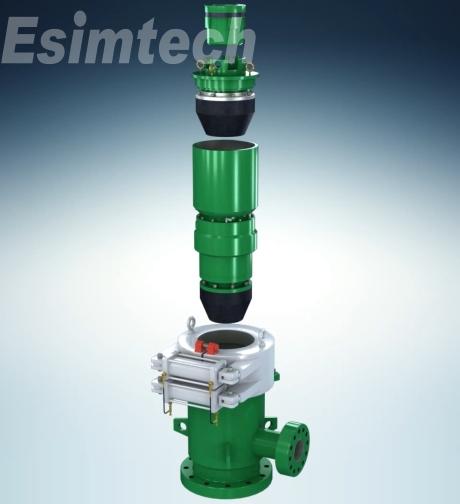Oil Drilling and Well Control Animation: A Visual Guide

Oil drilling and well control animations are used to visualize the complex processes involved in oil and gas exploration and production. They can be used for training, education, and public outreach purposes.
Oil Drilling Animation
An oil drilling animation typically shows the following steps:
1. Site preparation: The drilling site is cleared and leveled, and a drilling rig is erected.
2. Wellhead assembly: The wellhead is assembled, which is the equipment that will be used to control the flow of oil and gas from the well.
3. Drilling the wellbore: A drill bit is attached to the end of a long drill string and lowered into the ground. The drill bit rotates and cuts through the rock, creating a wellbore.
4. Casing and cementing: Casing is inserted into the wellbore to protect it from collapse. Cement is then pumped around the casing to seal it in place.
5. Perforating: The casing is perforated at the target depth to allow oil and gas to flow into the wellbore.
6. Completing the well: The well is completed with production tubing and other equipment to allow oil and gas to be produced.

Well Control Animation
A well control animation typically shows the following steps:
1. Kick detection: A kick is a sudden influx of formation fluid (oil, gas, or water) into the wellbore. A kick can be detected by monitoring the drilling fluid pressure and rate of return.
2. Shut-in: If a kick is detected, the well is shut in by closing the blowout preventer (BOP). The BOP is a series of valves that can be closed to seal off the wellbore.
3. Well killing: The kick is killed by pumping additional drilling fluid into the wellbore to increase the pressure and push the formation fluid back into the formation.
4. Well control measures: A variety of well control measures can be used to prevent and control kicks, including:
5. Mud weight: The mud weight is the density of the drilling fluid. A heavier mud weight will help to control formation pressure.
6. Kick detection equipment: Kick detection equipment can be used to quickly detect kicks so that they can be controlled quickly.
7. Blowout preventer: The blowout preventer can be used to seal off the wellbore in the event of a kick.
Benefits of Oil Drilling and Well Control Animations
Oil drilling and well control animations have a number of benefits, including:
l They can be used to train oil and gas workers on the safe and efficient operation of drilling and well control equipment.
l They can be used to educate the public about the oil and gas industry and the processes involved in oil and gas exploration and production.
l They can be used to help oil and gas companies communicate the risks and benefits of oil and gas drilling to the public.

Examples of Oil Drilling and Well Control Animations
There are a number of different oil drilling and well control animations available online. Some examples include:
l The Owen Oil Tools Downhole Drilling Animation
l The HTD Blast Well Control Animation
l The Well Control Animation from Industrial3D
l The Oil Well Drilling Animation from Esimtech
Conclusion
Oil drilling and well control animations are valuable tools for training, education, and public outreach. They can be used to visualize the complex processes involved in oil and gas exploration and production, and to help people understand the risks and benefits of oil and gas drilling.
- Art
- Causes
- Crafts
- Dance
- Drinks
- Film
- Fitness
- Food
- Games
- Gardening
- Health
- Home
- Literature
- Music
- Networking
- Other
- Party
- Religion
- Shopping
- Sports
- Theater
- Wellness


